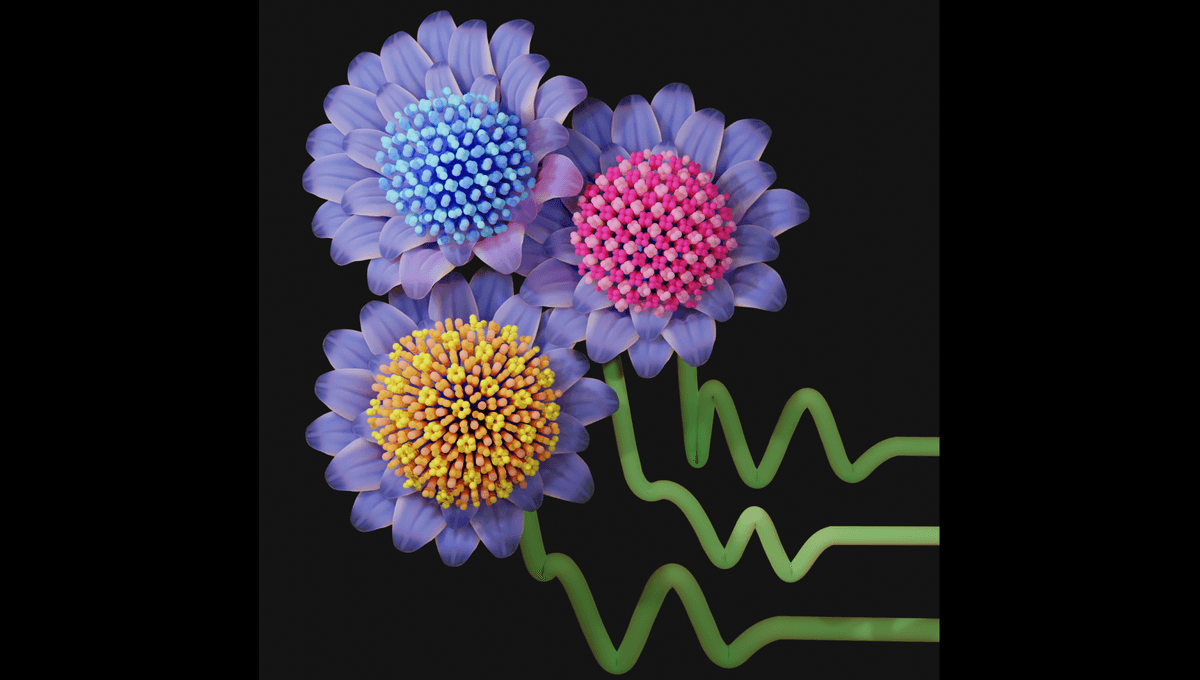
Like a murmuration of starlings or a school of fish, some shapes can make patterns out of disorder in a way that feels as though it should require a guiding intelligence, or at least life. There are still major gaps in our knowledge of the characteristics that enable this to happen, but two scientists have made enough progress to use targeted discovery to identify components that will self-assemble into crystals that have never been seen before.
The capacity of molecular building blocks to self-assemble can be extremely useful, but still tends to be discovered by chance or on a trial-and-error basis. PhD student Hillary Pan and her supervisor Dr Julia Dshemuchadse of Cornell University set out to change that, identifying the “interaction potential” of shapes in simulations and then modifying features to see if they will come together to form crystals. In a new paper, they announce the work has yielded 20 previously unknown crystal structures.
“To design self-assembled crystals, it is important to know which structures are feasible as well as the interparticle interactions that will form that structure,” Pan and Dshemuchadse write. Some of these features have been identified. They give the example of a steep repulsive interaction between molecules paired with an attractive well which forms highly coordinated structures that pack spherical shapes.
However, our understanding of how longer-range interactions for molecular charges work remains poor. As a result, some structures form unexpectedly. The authors are interested in the formation of hollow frames that can trap atoms or molecules inside. One example, zeolites, has been our key source of knowledge about the early Earth, with radioactive isotopes inside these durable crystals enabling us to determine the age of rocks by the proportion that have decayed.
More recently another category of self-assembling porous structure, metal-oxide frameworks (MOFs) have attracted interest for the ability to trap and store large quantities of gasses and pollutants. Being able to identify molecules that will self-assemble using targeted discovery could lead us to other potential applications.
Pan and Dshemuchadse started by simulating a molecule made by combining seven energy potentials of two common types. They then tuned one aspect of these virtual particles at a time and modelled how their creations would interact, seeking those that would come together in the highly ordered structures that define crystals. Making physical counterparts will not always be easy. The pair acknowledge that some “have local environments that are rare on the atomic scale.”
“Essentially we were trying to figure out what kinds of new crystal structure configurations we can self-assemble in simulation,” Pan said in a statement. “The most exciting thing was that we found new structures that weren’t previously listed in any crystal structure database; these particles are actually assembling into something that nobody had ever seen before.”
Self-assembling shapes are measured by their coordination numbers, with low particle coordination being associated with some particularly useful crystals. Low-coordinated structures have highly directional geometries. Despite Pan and Dshemuchadse’s use of purely non-directional interactions in their search, 14 of the crystals identified have low coordination numbers.
The work captures only a tiny portion of the potential structures given the wide range of changes that could be made to the starting particles.
The study is published in ACS Nano.
Source Link: 20 New Self-Assembling Crystal Forms Discovered